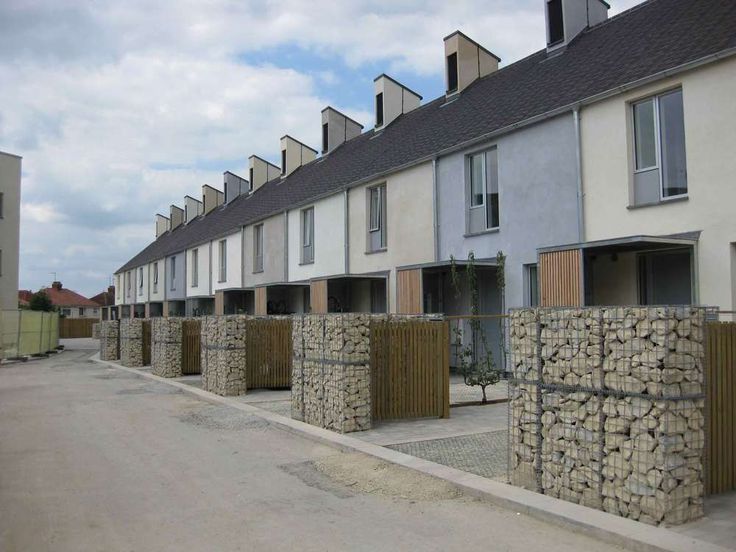In this post I’ll write a bit about why industrial hemp with its wide range of usages and abundant properties has yet to establish an industry in the U.S. Though, some farmers are growing hemp for the seed to extract the oil containing CBD(medicinal purposes),or for fuel from biomass, many do not have access to the technology to separate the fiber and hurd in order to produce material fit for construction, let alone fine textiles. This technology is called is called a decorticator and the farmers I interviewed claimed it was not worth the investment because of the lack of interest and investment in Industrial Hemp for construction. Jack Herer an infamous hemp activist outlines the technological advancements to process the strong hemp stalk.
| “Under old methods, hemp was cut and allowed to lie in the fields for weeks until it “retted” enough so the fibers could be pulled off by hand. Retting is simply rotting as a result of dew, rain and bacterial action. Machines were developed to separate the fibers mechanically after retting was complete, but the cost was high, the loss of fiber great, and the quality of fiber comparatively low. With the new machine, known as a decorticator, hemp is cut with a slightly modified grain binder. It is delivered to the machine where an automatic chain conveyer feeds it to the breaking arms at the rate of two or three tons per hour. The hurds are broken into fine pieces which drop into the hopper, from where they are delivered by blower to a baler or to truck or freight car for loose shipment. The fiber comes from the other end of the machine, ready for baling…” |
Herer published his book The Emperor Wears No Clothes, twenty years ago and is deemed by many as the first activist in decades to realize the potential of Industrial Hemp.
Though thirteen states allow for industrial hemp for research/commercial purposes (with a permit), the rest of the country deems the crop illegal which furthers a stigma about it’s legitimacy. Beyond the topic of legality, the technology needed to process the hurd and fiber of hemp stalk is not accessible or affordable among the growers I spoke with. In reading Herer’s book, it seems that decorticator has only become more expensive and there hasn’t been much innovation. I interviewed a farmer and a chemist who both explained that because there is so little industry, it’s difficult to find people willing to invest in the technology.
In England and other counties that are producing hemp legally, the number of hempcrete homes is rising as people become more aware of the benefits. “Hemprete is a type of insulation that’s considered “breathable” – it can store and release warm air, allowing a building to maintain an optimal temperature”.
I’ll share two videos that give insight into the properties of hemp houses.
In Colorado I had the pleasure of meeting and interviewing John Patterson who is working on building with hempcrete and teaching people how to make it. His project Tiny Hemp Houses(www.tinyhemphouses.com) is growing the movement in Colorado but he can not grow the quality hemp he uses to make his hempcrete in Colorado and still has to import it.
